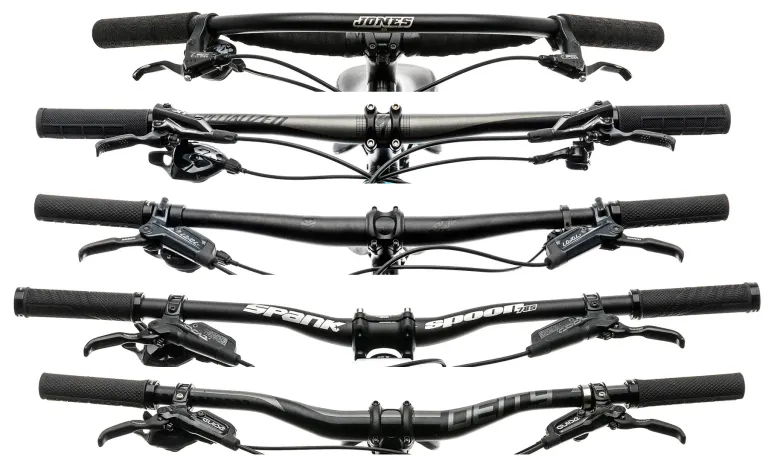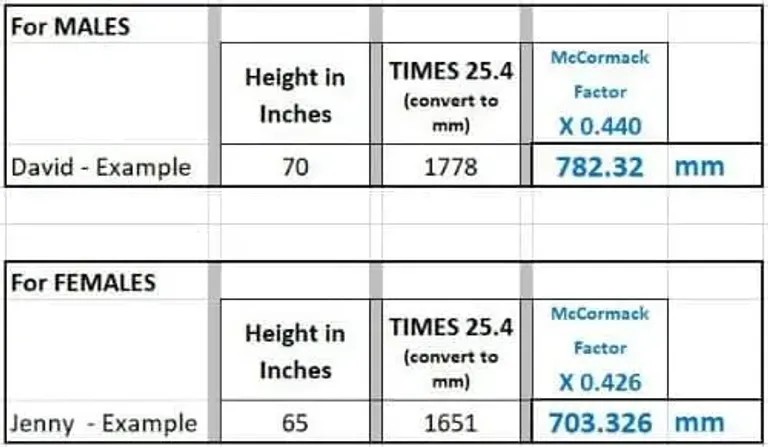How To Choose Your Right Handlebar Width | What's Right For You?
How to Choose the Best Handlebar Width for Your Mountain Bike
Selecting the right handlebar width for your mountain bike can make a significant difference in your control, comfort, and overall riding performance. With handlebars ranging from narrow to ultra-wide, it’s essential to find the perfect fit for your riding style, body size, and terrain. Here’s a guide to help you determine the ideal width for your mountain bike handlebars.
Why handlebar width matters? Handlebar width affects your stability, steering control, and riding efficiency. The right width can improve leverage, enhance maneuverability, and reduce fatigue, while the wrong width can lead to discomfort or handling issues.

Some of the factors to consider while choosing your optimal handlebar width are your riding style, shoulder width and body size.
Riding Style:
Cross-Country (XC): Narrower bars (typically 680mm-740mm) are ideal for XC riders looking for efficiency and aerodynamics. They allow for a more tucked position, which improves speed and reduces drag.
Trail & All-Mountain: Medium-width handlebars (740mm-780mm) provide a balance between control and maneuverability, making them versatile for different terrains.
Enduro & Downhill (DH): Wider bars (780mm-820mm) offer better stability and leverage when tackling technical descents and rough terrain, giving riders more control over the bike.

A good starting point for handlebar width is matching it to your shoulder width. If your bars are too wide, you may experience shoulder strain, while bars that are too narrow can reduce stability and control. Many riders experiment with widths close to their shoulder width and adjust accordingly.
The narrower handlebars the better the maneuverability (withing a limit) more easily through tight trees and switchbacks. For fast, wide open terrain, a wider bar enhances stability and confidence at high speeds. The sweet spot will allow you to climb and descent comfortably.
Many handlebars come in wider sizes (780mm-800mm) and can be trimmed down using a saw to match your preference. It’s often recommended to start wide and gradually reduce the width in small increments until you find the most comfortable and efficient setup.
How to choose the best width for you?
Lee McCormack, author of Dialed: The Secret Math of a Mountain Bike Setup, has developed a mathematical approach to fitting an MTB. This method is based on rider height and gender to determine the ideal handlebar width.

Method #1: Use a Formula
For Males: Height (in inches) × 25.4 (convert to mm) × 0.44 = Recommended Handlebar Width
For Females: Height (in inches) × 25.4 (convert to mm) × 0.426 = Recommended Handlebar Width
Example male rider, 70” tall: 70 × 25.4 × 0.44 = 782.3mm handlebar width
Method #2: The Push-Up Method:
This method is based on your natural push-up stance, which helps determine a comfortable and ergonomic handlebar width.
Lay a tape measure flat on the floor.
Perform 3-4 push-ups on the tape measure, noting the outside measurement of your hands.
Rest, close your eyes, and perform 3-4 more push-ups. Measure again.
Method #3: Move the Controls
Use your measurements from Method #1 and Method #2 as a reference.
Sit on your bike and place your hands naturally on the handlebars.
Adjust your controls to match the calculated width rather than just finding a comfortable hand position.
If using lock-on grips, slide them completely over the handlebar ends for easier adjustments.
Final Calculation: (Method #1 + Method #2 Eyes Open + Method #2 Eyes Closed / 3 = X mm (Target Width)